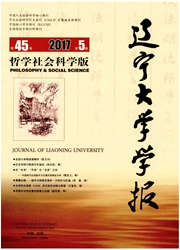

 中文摘要:
中文摘要:
本文以结合方向距离函数的环境绩效ML指数为基本方法,以20011011年我国30个省市环境规制及工业经济的数据为基础,测算各省市绿色工业全要素生产率,并构建面板数据模型,分析环境规制对我国绿色工业全要素生产率的影响。研究发现:我国各省市绿色工业全要素生产率比传统工业全要素生产率都要低,各省市均存在以牺牲环境换取经济发展的现象;西部地区在环境约束时工业全要素生产率下降幅度最大,而中部和东部地区下降幅度递减,西部地区以环境成本实现工业增长的特征最为明显;环境规制对绿色工业全要素生产率的增长有正的影响,但对各区域的影响程度随工业绿色发展水平的提高而降低;技术创新、外商直接投资等也是影响绿色工业全要素生产率的重要因素。
 英文摘要:
英文摘要:
Based on directional distance function, this paper employs the Malmquist-Luenberger Index to calculate the green industrial total factor productivity (GITFP) of 30 provinces in China between 2001 and 2011. Then the paper analyzes the influence of environmental regulation on GITFP by the panel data regression analysis. Based on these analyses, the paper finds that GITFP is lower than the traditional indus-trial total factor productivity of China, for every province has negative impact on the environment when they develop economy. The decline of GITFP in the western part of China is much more quickly than those in the central and eastern parts. Environmental regulation has positive effect on GITFP, and the effect gets smaller when GITFP becomes higher. Technology innovation and foreign direct investment are also important vari-ables for GITFP.
 同期刊论文项目
同期刊论文项目
 同项目期刊论文
同项目期刊论文
 期刊信息
期刊信息
